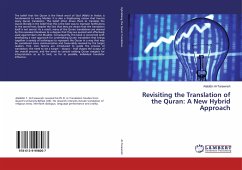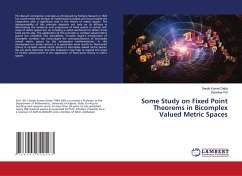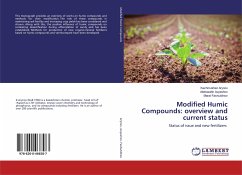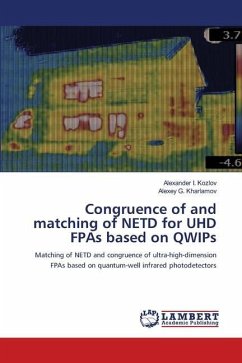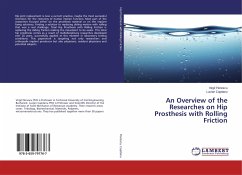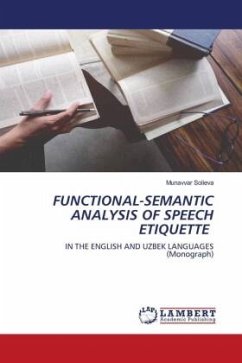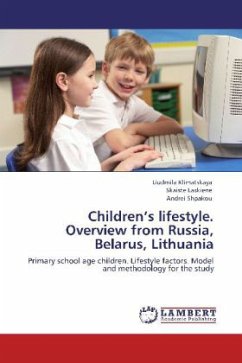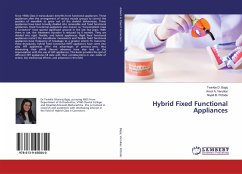
Hybrid Fixed Functional Appliances
Versandkostenfrei!
Versandfertig in 6-10 Tagen
41,99 €
inkl. MwSt.

PAYBACK Punkte
21 °P sammeln!
Since 1930s Class II malocclusion benefits from functional appliances. These appliances alter the arrangement of various muscle groups to correct the position of mandible to grow out of the skeletal disharmony. These appliances have been broadly divided into removable and fixed functional appliances. Fixed functional appliances also known as "noncompliant Class II correctors" have gained significant ground in the last few years. With them in use, the treatment duration is reduced by 6 months. They are divided into rigid, flexible, and hybrid appliances. Rigid fixed functional appliances restri...
Since 1930s Class II malocclusion benefits from functional appliances. These appliances alter the arrangement of various muscle groups to correct the position of mandible to grow out of the skeletal disharmony. These appliances have been broadly divided into removable and fixed functional appliances. Fixed functional appliances also known as "noncompliant Class II correctors" have gained significant ground in the last few years. With them in use, the treatment duration is reduced by 6 months. They are divided into rigid, flexible, and hybrid appliances. Rigid fixed functional appliances restrict the mandibular movements and flexible fixed functional appliances have frequency of breakage to a greater extent. To overcome these drawbacks, hybrid fixed functional (HFF) appliances have come into play. HFF appliances offer the advantages of previous ones, thus eliminating their pitfall. Recent advances have also lead to the improvisation with the use of HFF appliances. This book provides the gist of different HFF appliances till date with their considerations in use, mode of action, bio mechanical effects, and advances in this field.



